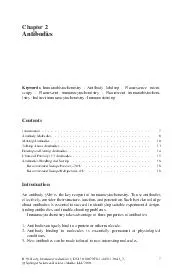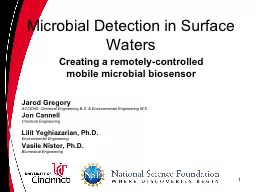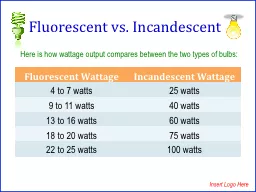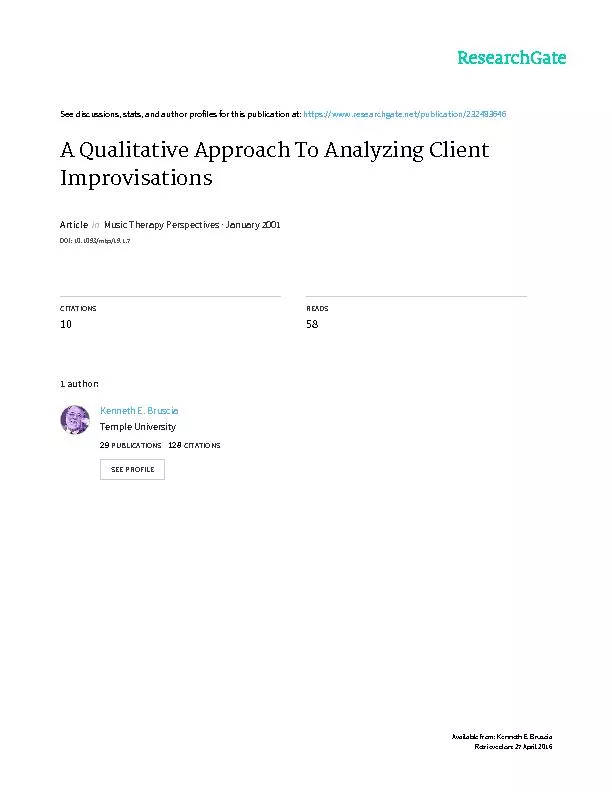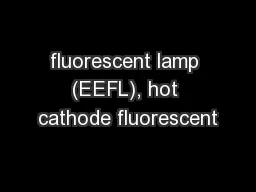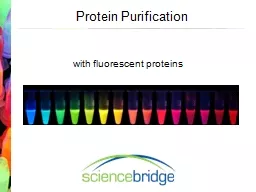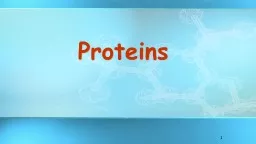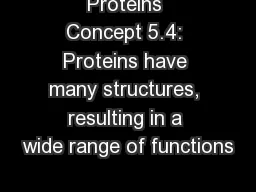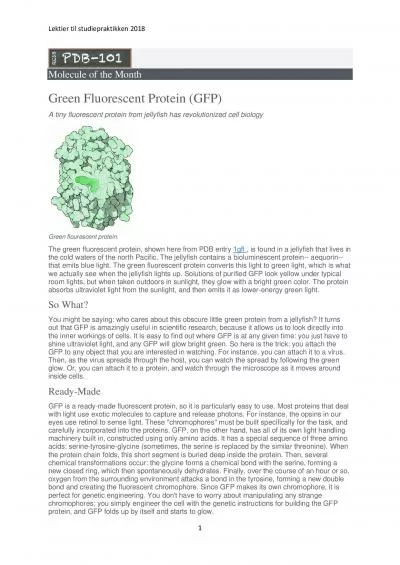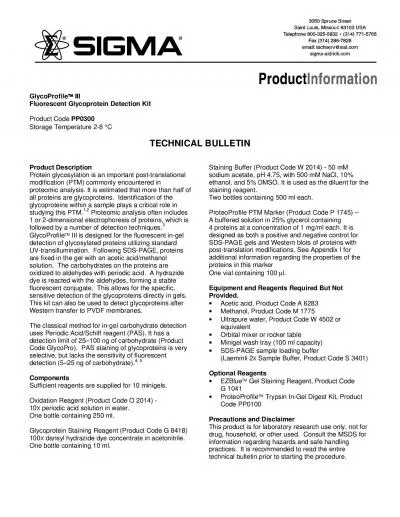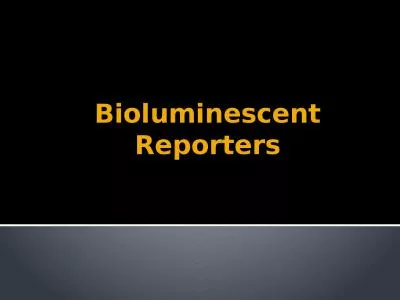PPT-Using and Analyzing Fluorescent Proteins
Author : lindy-dunigan | Published Date : 2016-04-21
Dina N Kovarik MS PhD Digital World Biology Updated April 24 2015 Fluorescent Proteins are Valuable Tools Locate proteins in the cell Track the migration of cells
Presentation Embed Code
Download Presentation
Download Presentation The PPT/PDF document "Using and Analyzing Fluorescent Proteins" is the property of its rightful owner. Permission is granted to download and print the materials on this website for personal, non-commercial use only, and to display it on your personal computer provided you do not modify the materials and that you retain all copyright notices contained in the materials. By downloading content from our website, you accept the terms of this agreement.
Using and Analyzing Fluorescent Proteins: Transcript
Download Rules Of Document
"Using and Analyzing Fluorescent Proteins"The content belongs to its owner. You may download and print it for personal use, without modification, and keep all copyright notices. By downloading, you agree to these terms.
Related Documents


